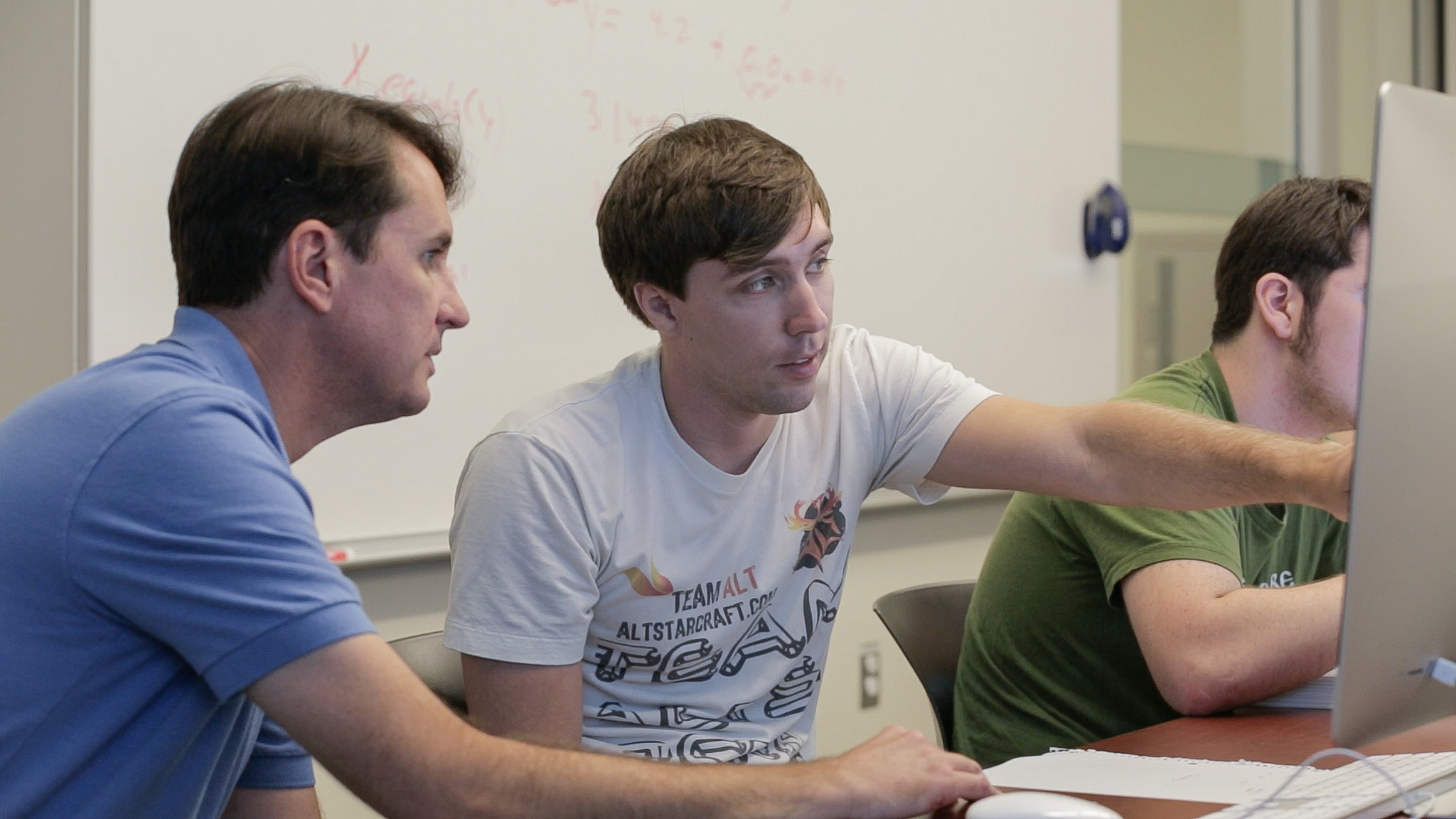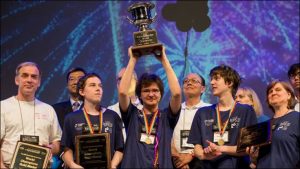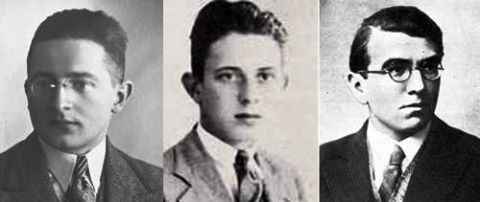“An Exciting Time to Be a Software Developer”
 Designing and programming computer software is an invaluable skillset, one that is increasingly in demand in the United States, and one that the California State University is preparing students for through its extensive computer science programs.
Designing and programming computer software is an invaluable skillset, one that is increasingly in demand in the United States, and one that the California State University is preparing students for through its extensive computer science programs.
Much sought after by companies in a variety of industries, U.S. software developers earned a median annual salary of $102,280 in 2016. The expects it to be one of the fastest-growing fields between now and 2026.
, chair of the at explains that the growing demand for developers is driven by the trend of traditionally non-technical industries turning to software solutions to become more efficient, effective and competitive.
“Computing is becoming more important in nearly every discipline. Data is the new microscope,” Dr. Lupo says.
The occupation is projected to increase 24 percent through 2026, adding more than 300,000 jobs — a growth that’s three times higher than the average for all occupations.
So who makes a good software developer? Really, anyone with a passion for the impact the field has and will have, Lupo says.
In addition to good math and science skills, prospective software development students should “enjoy working with others to creatively solve problems that can have global and societal impacts.”
“A software developer is more than a programmer; [she] is a new type of engineer who builds software as a product,” explains Michael Soltys, Ph.D., professor and chair of computer science at California State University Channel Islands.
“Computer science is now part of every aspect of the human endeavor, and so a computer science degree offers many careers,” Dr. Soltys says, adding that he sees students going on to a range of careers, from cybersecurity to applications and game developing.
Soltys and other CSU Channel Islands faculty prepare career-ready students with a variety of innovative hands-on projects, often with real-world applications.
For example, computer science students recently built a prototype of a digital forensics tool — in collaboration with the Ventura County DA’s digital forensics lab — that helps investigators more quickly acquire data from digital devices. Another project focused on an internet-enabled sprinkler timer design that helped conserve water.
This hands-on experience helps make Soltys’ students ideal candidates for the IT industry, he says, adding that many begin their careers even before graduation.
Applied learning is also an essential part of Cal Poly San Luis Obispo’s computer science and software engineering programs, says Lupo. “With nearly every course we offer a laboratory component where students must apply what they are learning in projects that they might find in industry.”
The growth in the software development field, as well as the need for more professionals, will only continue as technology continues to advance, Lupo explains.
“More data is available than ever before, and computational resources are more ubiquitous than they have ever been,” Lupo says. “This means that new models, processes and tools can be created to study all sorts of problems that we have only begun to consider.
“It’s a very exciting time to be a software developer.”
Learn more about computer science degree programs offered at the CSU.
Read about the most in-demand careers in the U.S.
Source: So You Want to Be a…Software Developer
 The Government Accountability Office (GAO) found “mission-critical” cyber-vulnerabilities in nearly all weapons systems tested between 2012 and 2017.That includes the newest F-35 jet as well as missile systems.
The Government Accountability Office (GAO) found “mission-critical” cyber-vulnerabilities in nearly all weapons systems tested between 2012 and 2017.That includes the newest F-35 jet as well as missile systems.





